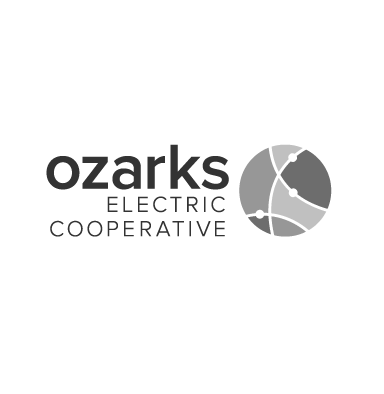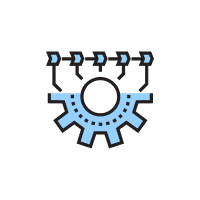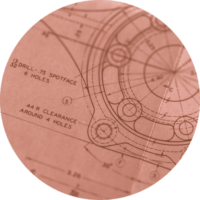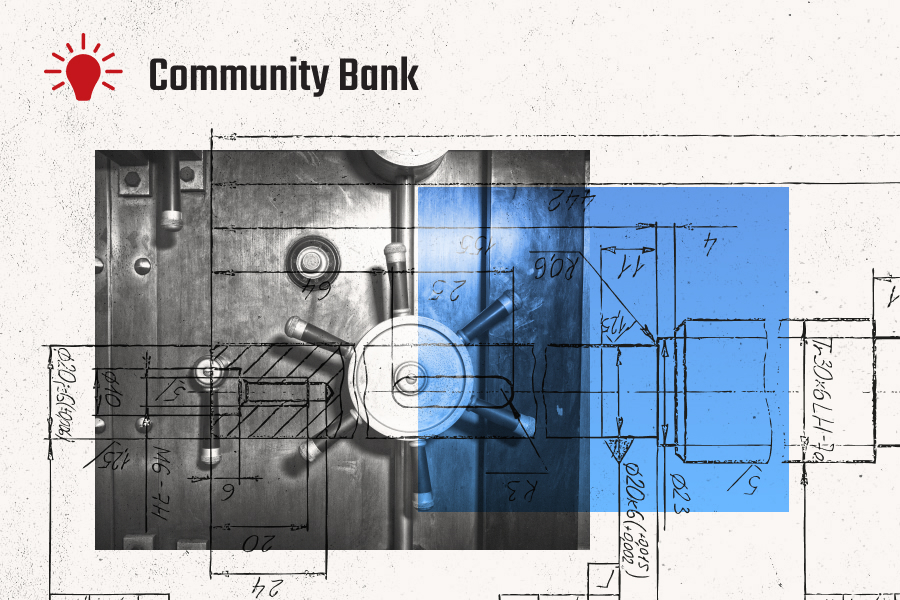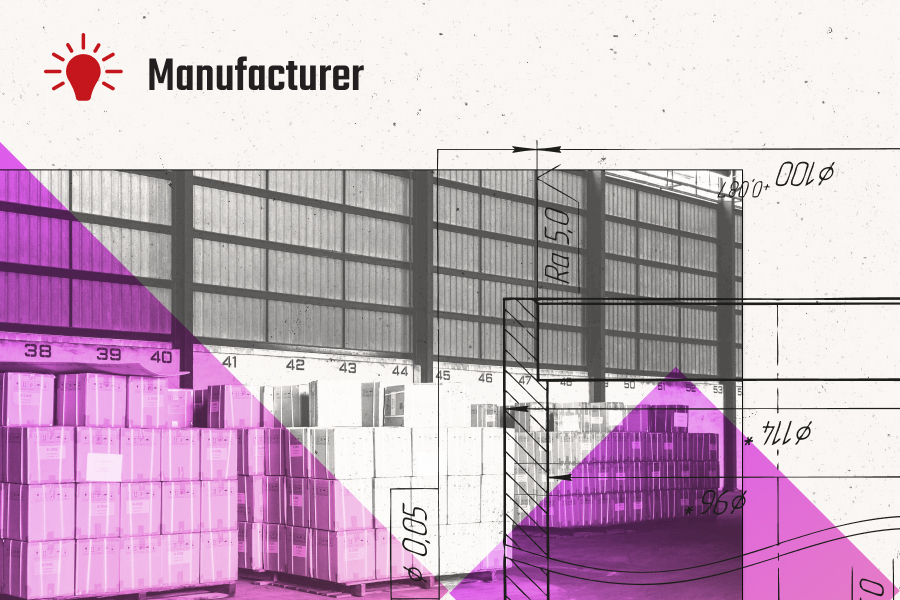Process-first Business Transformation
Let The Lab help you rapidly improve.
Business Standardization: The Opportunity
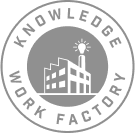
Take advantage of Our proven expertise and intellectual property assets to INcrease revenue, productivity, And margin.
Since 1993, The Lab has helped business leaders improve organizations with a process-first and standardization-centric approach.
Today, we combine our patented Knowledge Work Standardization® platform with the latest tech—to enable automation, AI, and data analytics—and deliver strategic transformation benefits for our clients.
Services
TRANSFORM YOUR BUSINESS, ON YOUR TERMS.
The Lab offers executives four engagement models to meet any need.

Transform your organization
Look broadly and discover your organization’s full potential. Use process mapping and data standardization to develop a wall-to-wall, modular, transformation roadmap that delivers breakthrough benefits. Then, we implement at your pace.

Solve an urgent problem
Laser-focus on a stubborn problem or a new issue. The Lab’s modular, prefabricated solutions—including process improvement, automation, analytics, and AI—will deliver rapid results and major benefits.

Start with a 3-Pack
Jump start or supplement your organization’s internal automation, AI, and data initiatives with selections from The Lab’s various “shopping lists.” Simply browse these proven products and benefits—and The Lab will implement.

Maximize a merger or acquisition
Whether you’re acquiring another organization or preparing your own for purchase, maximize the efficiencies, scalability, and value of the merged entity. For 30 years, The Lab has helped executives analyze landscapes, prepare for mergers, integrate acquisitions, and drive board-level strategy via “Super KPIs”.
Clients
Who We Work With

C-Suite Executives
The Lab delivers the rewards—and reduces the risks—of transformation. Every engagement includes compatibility checkpoints, early-out clauses, and our unique money-back guarantee.

Technology & Innovation Leads
If you’re a CIO, CTO, CDO, with responsibility for digital programs, The Lab quickly turbocharges those efforts with standardized, proven, industry-specific automation, AI, and analytics use cases.

Internal Improvement Teams
The Lab supports and improves all levels of existing capability. From implementing a few bots to assisting with global-scale initiatives—we’ve done it all.
Capabilities
Build Best-in-Class Capabilities
The Lab combines deep industry expertise with the latest digital technologies to implement sustainable capabilities—and benefits—for clients.
Our patented Knowledge Work Standardization® platform—including intellectual property assets developed through thousands of implementation projects—increases the speed, reliability, and value of client engagements.
Enhance your existing core-technology investment, improve your customer journeys, increase your margin.
Standardizing business processes, operations data, and customer journeys helps your business grow while reducing cost.

30+
Years of large-scale business analysis, implementation, and transformation experience.

200+
Client businesses in the Fortune 500.

1,000+
Transformation projects completed.

50 States
Clients with operations in every state in the USA.

10 Provinces
Clients with operations in every province in Canada.

2x – 5x
Guaranteed return on investment in year 1.

10 – 30%
Increase in revenue productivity

20% – 50%
Improvement in customer experience.
Industries
All Industries, All Sizes
The Lab has expertise and IP-assets in your industry. Since 1993, we’ve worked with clients from the Fortune 500 down.
We serve executives on a mission. We help you realize your strategic vision and achieve your benefits case.

Real Benefits Delivered for Executive Clients: Case Studies
All industries, all sizes
Our Clients
For more than thirty years, The Lab has worked with clients across a variety of industries—from the Fortune 500 to 100-employee organizations.
















